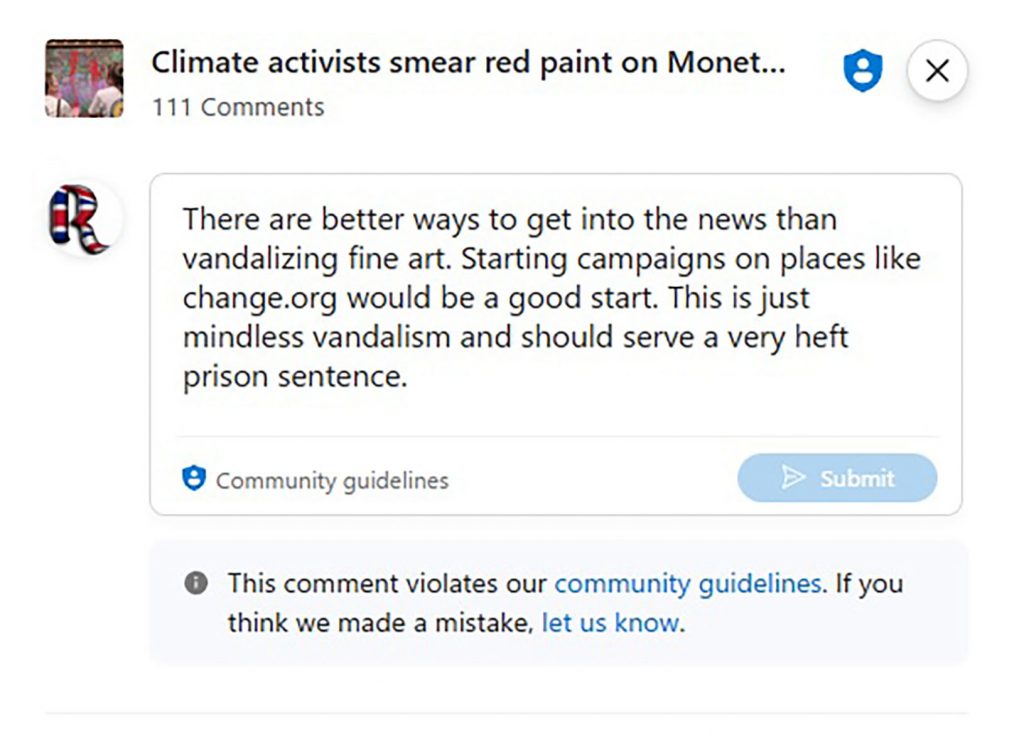A Call to Action: Saving the World from Dual Disasters – Environmental Crisis and War
In the 21st century, our world faces a dual threat that demands urgent attention and collaborative efforts from individuals, communities, and nations alike. The pressing issues of environmental degradation and the persistent specter of war pose formidable challenges to the sustainability and well-being of our planet. As we stand at the crossroads of peril and potential, we must unite to address these intertwined crises, safeguarding not only our environment but also promoting global peace.
The Environmental Crisis:
1. Climate Change:
One of the most critical challenges we face is climate change. The Earth’s climate is undergoing rapid and unprecedented changes, leading to rising temperatures, extreme weather events, and disruptions to ecosystems. The consequences of climate change extend beyond environmental concerns, impacting food security, water resources, and the livelihoods of millions.
2. Biodiversity Loss:
The alarming rate of biodiversity loss threatens the delicate balance of ecosystems. Deforestation, habitat destruction, and pollution contribute to the extinction of numerous plant and animal species, disrupting the intricate web of life on Earth.
3. Pollution:
From air and water pollution to the proliferation of plastic waste, human activities have left an indelible mark on the environment. Pollution not only harms wildlife but also jeopardizes human health, making it imperative to adopt sustainable practices and reduce our ecological footprint.
The Menace of War:
4. Humanitarian Crises:
War and conflict create humanitarian crises, displacing millions and causing untold suffering. Access to necessities such as food, water, and healthcare becomes severely restricted, exacerbating the challenges faced by communities already grappling with environmental issues.
5. Resource Scarcity:
Competition over dwindling resources often catalyzes conflict. Whether it be water scarcity, arable land disputes, or struggles over energy resources, addressing the root causes of resource scarcity is essential to preventing conflicts that exacerbate environmental issues.
6. Destruction of Infrastructure:
War leaves in its wake a trail of destruction, not only in terms of lives lost but also in the form of damaged infrastructure. Rebuilding after conflict often entails further environmental degradation, perpetuating a cycle that exacerbates both crises.
A Unified Approach:
7. Sustainable Development:
A holistic and sustainable approach to development is the need of the hour. Governments, businesses, and individuals must prioritize sustainable practices that balance economic growth with environmental protection, ensuring the well-being of both people and the planet.
8. International Cooperation:
Addressing global challenges requires international collaboration. Nations must work together to formulate and implement policies that mitigate climate change, protect biodiversity, and promote peace. Multilateral agreements, such as the Paris Agreement, are crucial steps toward a more sustainable and peaceful world.
9. Renewable Energy Transition:
Transitioning to renewable energy sources is key to combating climate change and reducing dependence on finite resources that often spark conflicts. Investing in solar, wind, and other sustainable energy options can pave the way for a cleaner, more secure future.
10. Conflict Resolution and Diplomacy:
Diplomacy and conflict resolution must take precedence over armed confrontation. Nations should invest in dialogue, mediation, and peaceful negotiations to resolve disputes, fostering an environment conducive to sustainable development.
Empowering Individuals:
11. Education and Awareness:
Empowering individuals with knowledge about environmental issues and the consequences of war is pivotal. Education fosters a sense of responsibility and encourages sustainable behaviors, contributing to a global culture of environmental stewardship and peace.
12. Grassroots Movements:
Local communities play a crucial role in driving change. Grassroots movements advocating for environmental conservation, conflict resolution, and social justice can exert significant influence on policy-makers and inspire collective action.
Saving the world from the dual disasters of environmental crisis and war requires a paradigm shift in our collective mindset. By recognizing the interconnectedness of these challenges, we can forge a path toward a sustainable and peaceful future. It is incumbent upon us, as stewards of this planet, to take decisive action, promote unity, and work tirelessly to leave a legacy of hope for generations to come. Together, we can build a world where the environment thrives, and the specter of war is replaced by the enduring embrace of peace.
How We Can Help Save Our Planet:
- Reduce Energy Consumption:
- Use energy-efficient appliances.
- Switch to LED bulbs.
- Turn off lights and electronics when not in use.
- Unplug chargers and devices when they’re not in use.
- Conserve Water:
- Fix leaks promptly.
- Install water-saving appliances.
- Use a low-flow showerhead.
- Waste Reduction:
- Practice recycling.
- Compost organic waste.
- Choose products with minimal packaging.
- Go Renewable:
- Invest in renewable energy sources like solar or wind power.
- Support policies that encourage renewable energy use.
- Sustainable Transportation:
- Use public transportation.
- Carpool or rideshare.
- Consider biking or walking for short distances.
- Plant Trees and Maintain Green Spaces:
- Participate in tree-planting initiatives.
- Support and engage in community gardening projects.
- Reduce Meat Consumption:
- Adopt a plant-based diet or reduce meat consumption.
- Support sustainable and local food sources.
- Educate Yourself and Others:
- Stay informed about environmental issues.
- Share knowledge with friends and family.
- Choose Sustainable Products:
- Support companies with environmentally friendly practices.
- Choose products with minimal environmental impact.
- Reduce, Reuse, Recycle:
- Follow the three Rs to minimize waste.
- Opt for reusable items instead of single-use.
- Participate in Environmental Cleanup:
- Join or organize community cleanups.
- Dispose of waste responsibly.
- Promote Eco-Friendly Technologies:
- Support and invest in green technology.
- Advocate for sustainable innovation.
- Support Conservation Efforts:
- Contribute to and participate in wildlife conservation efforts.
- Support protected areas and national parks.
- Advocate for Policy Changes:
- Advocate for and support policies that address climate change.
- Vote for leaders committed to environmental protection.
- Conserve Biodiversity:
- Protect natural habitats.
- Avoid supporting the illegal wildlife trade.
- Educate Children:
- Instill eco-friendly habits in children.
- Encourage schools to incorporate environmental education.
- Reduce Air Pollution:
- Use public transport or carpool to reduce vehicle emissions.
- Support regulations that limit industrial pollution.
- Water Conservation at Home:
- Use rain barrels to collect rainwater.
- Install water-efficient appliances and fixtures.
- Support Sustainable Fishing Practices:
- Choose sustainably sourced seafood.
- Advocate for responsible fishing practices.
- Use Eco-Friendly Cleaning Products:
- Choose environmentally friendly cleaning supplies.
- Avoid products with harmful chemicals.
- Reduce Carbon Footprint:
- Offset carbon emissions through initiatives like tree planting.
- Choose energy-efficient modes of transportation.
- Support Green Building Practices:
- Choose eco-friendly building materials.
- Advocate for sustainable architecture and construction.
- Conserve Energy in Heating and Cooling:
- Properly insulate homes.
- Use programmable thermostats.
- Promote Eco-Tourism:
- Choose sustainable travel options.
- Support businesses that prioritize environmental responsibility.
- Encourage Sustainable Fashion:
- Choose clothing made from sustainable materials.
- Support ethical and eco-friendly fashion brands.
- Reduce Single-Use Plastics:
- Use reusable bags, bottles, and containers.
- Avoid products with excessive plastic packaging.
- Engage in Local Environmental Initiatives:
- Join local environmental groups.
- Participate in community sustainability projects.
- Monitor and Reduce Carbon Emissions:
- Track personal and community carbon footprints.
- Work towards reducing carbon emissions.
- Promote Green Initiatives at Work:
- Encourage workplace sustainability practices.
- Implement energy-saving measures in the workplace.
- Be Mindful of Electronic Waste:
- Recycle electronic devices responsibly.
- Donate or sell old electronics for reuse when possible.
The Power of Words: Navigating Change. The Pen is Mightier than the Sword.
In a world often characterized by tumultuous conflicts and impassioned debates, the adage “the pen is mightier than the sword” resonates with timeless wisdom. The power of words wielded thoughtfully and strategically, can transcend physical actions, leaving an indelible mark on society and shaping the course of history. In an era dominated by rapid information exchange and digital connectivity, the potency of the written word extends beyond traditional realms, finding expression in the influential sphere of online discourse.
While the impulse to protest or engage in dramatic actions might be a visceral reaction to societal issues, there exists an alternative avenue that transcends the chaos of immediate confrontation. Writing, as an act of intellectual and emotional expression, possesses a unique ability to influence hearts and minds, fostering change through dialogue and understanding. In an age where digital platforms serve as the new battleground for ideas, the art of crafting impactful messages holds unparalleled potential.
This introspective journey explores the transformative power of writing and online influence, emphasizing the efficacy of these methods over confrontational gestures such as protests or acts of vandalism. As we delve into the nuanced dynamics of societal change, we uncover the profound impact that well-articulated ideas, persuasive narratives, and online influence can have in steering the course of progress. Join us on this exploration of how the pen, in its various modern forms, stands as a potent instrument of change in our interconnected and information-driven world.
Individual actions, when combined, can have a significant positive impact on the environment. Adopting even a few of these practices can contribute to a more sustainable and eco-friendly lifestyle.
Conclusion:
As we reflect on the transformative power of writing and online influence, it becomes apparent that the nuanced art of crafting words holds the potential to steer the course of history with a grace that physical actions sometimes lack. The beauty of the pen lies not just in its ability to critique and condemn but in its power to inspire, enlighten, and unite. Writing, both on paper (to be avoided) and in the digital realm, can foster empathy, understanding, and meaningful dialogue. In an age where ideas traverse the globe at the speed of light, the impact of well-articulated messages can ripple across borders, transcending the limitations of time and space. However, in acknowledging the efficacy of the pen, it is essential to recognize the responsibility that comes with it. The influence of online platforms is a double-edged sword, demanding thoughtful consideration and ethical use.
Endnote: It is important to note that even as we champion the power of words in catalyzing change, the actions of notable figures, such as activist Greta Thunberg, highlight the complex nature of advocacy. Thunberg’s fervent environmental activism is undeniably impactful, drawing attention to urgent climate issues. However, the paradox emerges when considering the carbon footprint associated with her extensive travels and entourage, prompting reflection on the delicate balance between advocacy and personal environmental responsibility. This serves as a poignant reminder that, in our pursuit of change, the methods employed must align with the principles we espouse, emphasizing the need for holistic and conscientious activism.
Further Reading
- ‘Our farming system is sick’: Mona Lisa soup stunt to be followed by farmers protests in Paris (msn.com)
- Protesters throw soup at the Mona Lisa in Paris (msn.com)
- ‘Detached from reality’: Greta Thunberg prioritises fight against UK’s biggest private jet airport (msn.com)
- Greta Thunberg joins hundreds marching in England to protest airport’s expansion for private planes (msn.com)
- Greta Thunberg joins protest against expansion of Hampshire airport | Environmental activism | The Guardian
- Nancy Pelosi Claims Some Pro-Palestinian Activists Are ‘Connected’ To Russia | HuffPost UK Politics (huffingtonpost.co.uk)
#savetheplanet #activists #influencers #writers #climatechange #gretathunberg #enviroment #carbonfootprint #ecofriendly #protests #vandalism #influencers
ADVERTISEMENTS

Contact Me Today!






